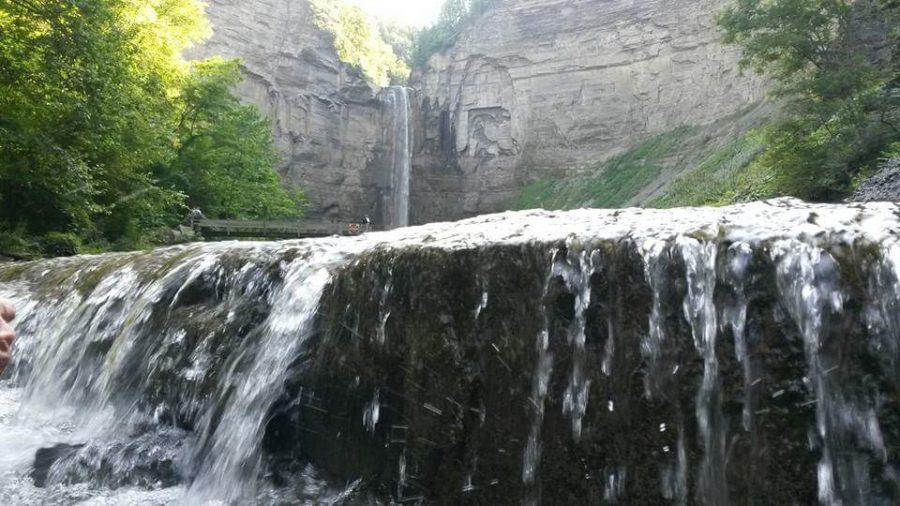Climate Change in CT and CA
200,000 people were evacuated in Northern California due to issues with the Oroville Dam and Connecticut is facing a drought.
In the past years, California has not been getting a normal amount of snow and rain, which has caused droughts. “As we move into the future we’ll see larger extremes with the water cycle.” Therefore, “It’s not surprising based on the evidence we’ve [scientists] collected that the rain that they do get, would then be in a more severe pattern.” Environmental science teacher, Mr. Norland says.
This year, California received a lot of snow and rain, but due to increased temperatures the snow has been melting early. Usually plants absorb the snow melt in March when it is expected.
Marine biology teacher, Mr. Wasley explains, “The trees and plants probably didn’t anticipate all the snow melting, so the water just passed through them, collected in the dam and caused the dam to have so much trouble.”
Connecticut, has had hot summers and not had its expected rainfall in autumn. Now, it is experiencing a drought caused by rising temperatures, which increases evaporation. Mr. Wasley adds, “The temperature around us has increased about 2 to 3 degrees.” When water evaporates, it usually then precipitates back, but Connecticut is not getting back the rain.
As a community, “People do not have motivation to change, and that’s where it really needs to happen.” Mr. Wasley declares.
If the temperatures keep increasing, the East Coast is going to see different seasons than normal. The winters will be just wet with rare snowfall. The summers will be very hot, because Connecticut is not getting the snow melt from Maine and Canada. The most drastic effect on the East Coast, due to climate change, is if the gulf stream currents changes. If that happens it will immensely change the East Coast’s climate and Europe’s. “The consequences of not doing enough will get higher.” Mr. Norland states.








